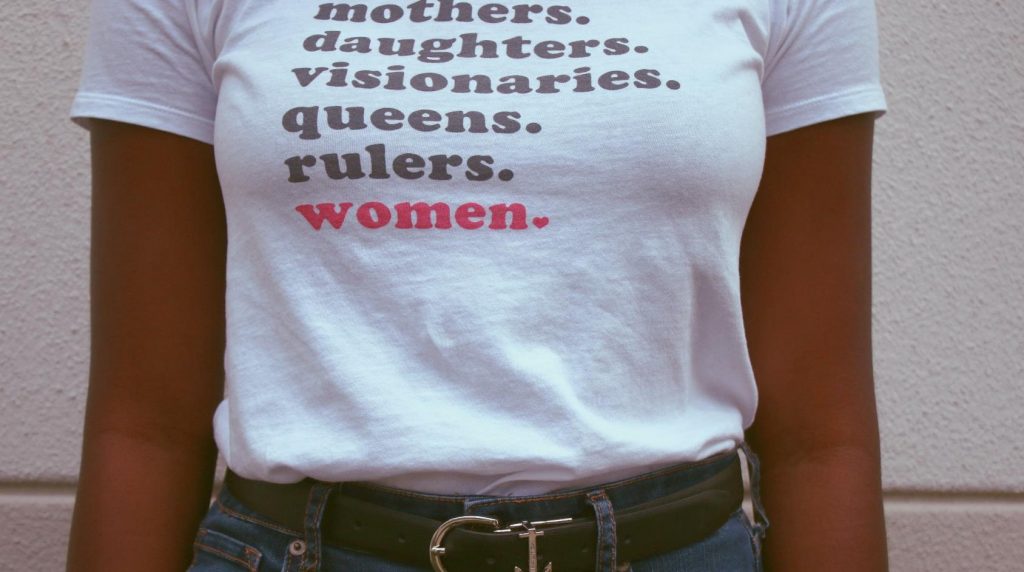Score:
7/10
Biggest Takeaways:
- As Head of Diversity & Inclusion, I’m confident to say I have a good understanding of gender bias, but this book still brought a lot to the table, exploring the topic in contexts that hadn’t crossed my mind before
- We are all familiar with the gender pay gap, but what about the gender data gap?
- Be cautious of over generalising and remember there are always other interpretations to bear in mind…
Who should read it:
This book won’t be for everyone; it’s not what I would call an ‘easy read’. But for those involved in engineering, design and innovation, as well as policy-makers and service providers, who want to get into the nitty-gritty, this is an on-topic, cutting edge title that should be on your 2021 reading list.
The book is split into six thematic sections – Daily Life, The Workplace, Design, Going to the Doctor, Public Life, and When it Goes Wrong – highlighting, using data and case studies, discrimination which prevails in all areas of life against women.

Gender Bias, Data Collection & The Gender Data Gap:
Perez suggests that women – who make up 50% of the population don’t forget – are invisible within data when it comes to design. The examples she provides are evidence based and build an increasingly persuasive picture of how the world is built by men, for men.
Her examples are wide-ranging, shine light on every area of life, and consistently return the same conclusion: women haven’t been thought about. It’s not that their needs have been considered and dismissed, it hasn’t even occurred to the people creating these structures that women may have different needs.
Example 1:

Cars are crash tested rigorously before making it to market, but the dummies used are 1.7m tall. This is the size of the average man, not the size of the average person, and it leads to shocking statistics like women are 47% more likely to be seriously injured in a crash.
Example 2:

Female pianists are 50% more likely to suffer hand injuries because the average female handspan is between seven and eight inches, which makes the standard 48-inch keyboard something of a challenge.
Example 3:

Police officer stab vests are designed for the male physique. This is not only uncomfortable, it also results in stab vests coming up too short, leaving many women unprotected.
In the Interests of Balance
It would be an unbalanced review if I didn’t recognise that Invisible Women could be seen by many as divisive and may put some on the defensive. However, no one with an open mind can deny it’s important to recognise that sexism regularly occur in the world around us – intentionally or not – and we can these valuable insights to inspire change of our assumptions, processes and evaluation methods.
It is worth thinking about your own experiences: where in your world are provisions, structures, policies etc designed in a way that works for, or against, the women in the world?